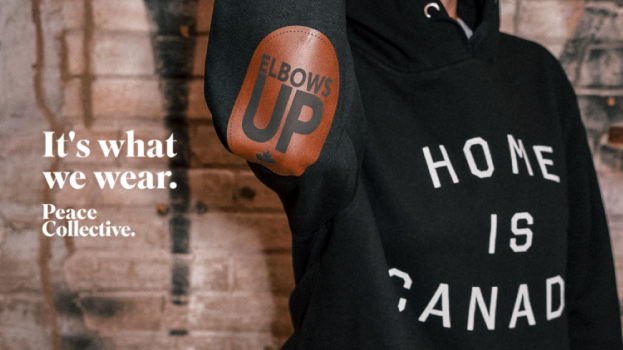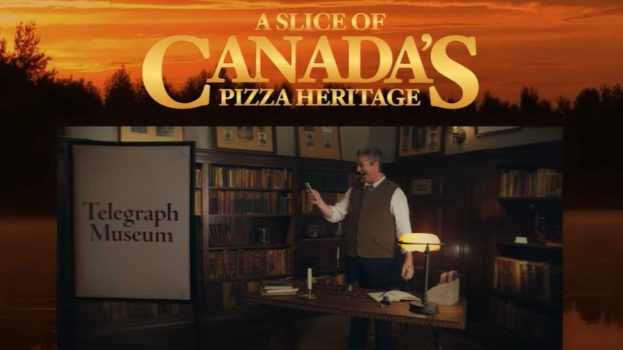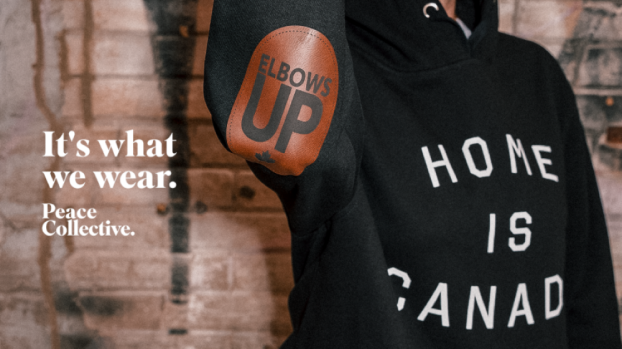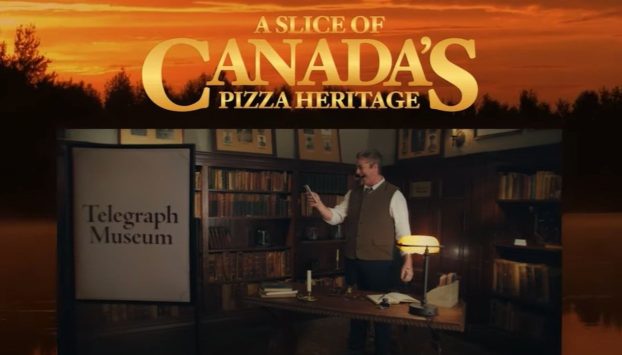As in any regulated space, banks can have a difficult time demonstrating what exactly – if anything – makes them different from the competition.
RBC is hoping to stand out by enlisting Jay Baruchel for its latest campaign. The actor is being used in ads that show Canadians what makes RBC different from other banks.
Working with BBDO Toronto, the new “Take 20” campaign features Baruchel cracking jokes and showing how easy it can be to have even the silliest questions answered when it comes to RBC’s products and services. Those include the bank’s recent partnership with Petro-Canada to save on gas when paying with an RBC card; how the bank’s app can find savings for customers through the AI-enabled Nomi financial management tool; and the MyAdvisor platform that allows customers to get advice online.
[iframe_youtube video = “J9ZPFCKRn4s”]
The campaign also features 15-second spots and six-second pre-roll videos.
Alan Depencier, CMO at RBC, says enlisting an actor like Baruchel – best known for roles in This Is the End, Goon and How To Train Your Dragon – helps the bank take a more lighthearted tone, something that may be unexpected coming off of its more emotive “Someday” campaigns for the Olympics and its “Future Launch” CSR platform. But beyond that, it helps the bank tap into a key insight: that Canadians are stressed about their finances.
“We’ve all seen the research, about half of Canadians say money is one of their greater stresses in life,” Depencier says. “Canadians aren’t really comfortable asking those questions, but Jay helps us demonstrate how easy that can be and how approachable we are. Many Canadians really see their relationship with banks as being very transactional and that banks are all the same. We believe if you have the right financial partner, it can make a big difference in reaching short- and long-term goals, which ties into reaching your ‘Someday’ goals.”
Beyond that, younger Canadians – which the campaign is primarily targeting – tend to choose their bank based on two main factors: who their parents bank with, or which one is closest to them. That’s why the spots focus mostly on three services that RBC uniquely offers – an AI-enabled management tool, an online platform that gives people advice without visiting a branch and a rewards program that doesn’t require additional sign-up or enrollment – as well as encouraging them to actually speak to RBC one-on-one to see the differences for themselves.
“If we’re going to ask people to take 20 minutes to see the difference, we want to be clear about what those differences are,” Depencier says. “Plus, it’s a nice balance between things that help with day-to-day saving and long-term goals.”
[iframe_youtube video = “Piac6ghpDIk”]
Depencier says that during a pilot of the “Take 20” program, participants did report understanding the difference between RBC and other banks, and expressed greater openness to switching banks.
“It showed us that giving real advice was a big differentiator,” he says.
[iframe_youtube video = “RbWuDL_yfjQ”]
























